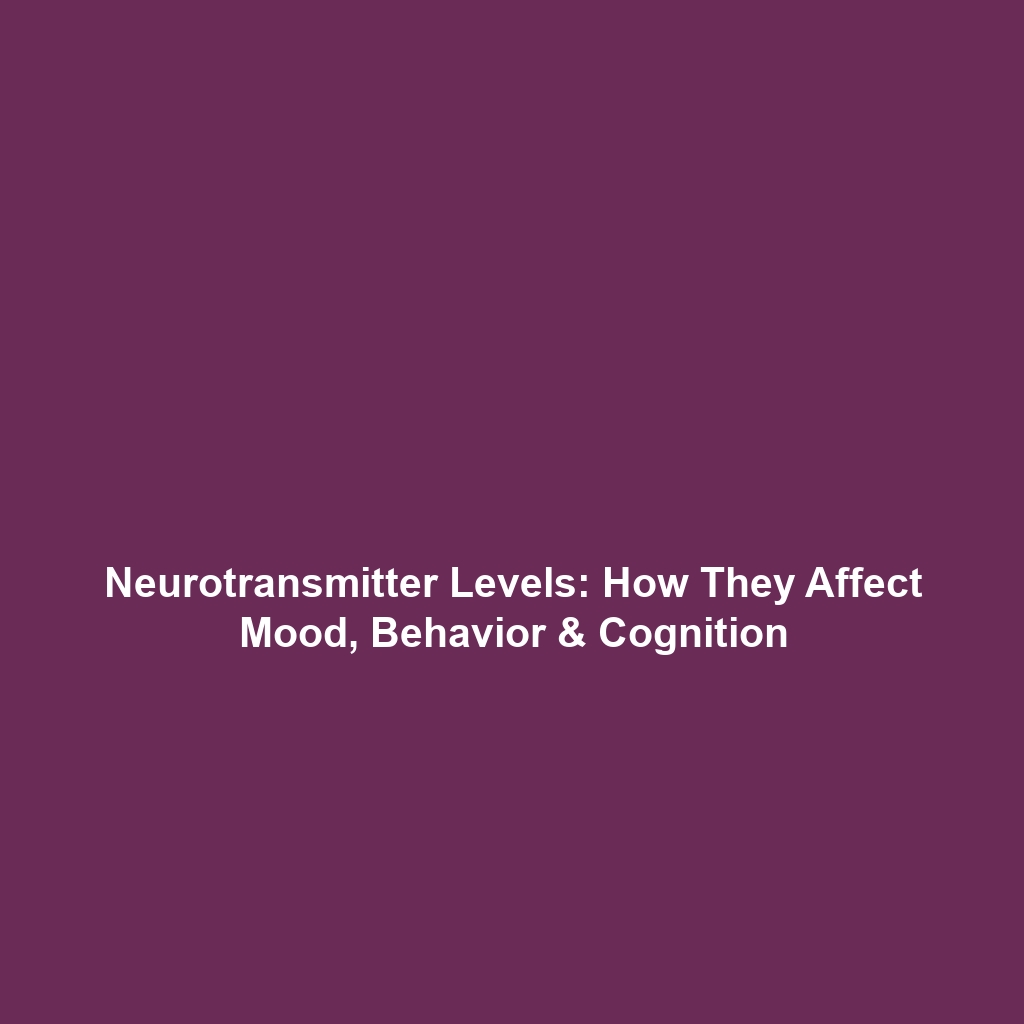The Dopaminergic System: How Dopamine Influences Reward-Based Decision-Making and Addiction
Introduction
The dopaminergic system plays a crucial role in shaping behavior through its influence on reward-based decision-making and addiction. By modulating the release of dopamine, a neurotransmitter associated with pleasure and motivation, this system profoundly impacts actions and choices. Understanding the intersection of dopamine, reward processing, and biomechanics allows researchers to better comprehend how these elements contribute to behavior in both normal and pathological contexts. This article delves into the complexities of the dopaminergic system, analyzing its significance in biomechanics.
Key Concepts
Dopamine and Reward Processing
Dopamine is integral to the brain’s reward circuitry, influencing how we assess and respond to potential rewards. Major concepts include:
- Reward Prediction Error: The difference between expected and actual rewards, which is crucial for learning.
- Motivational States: Dopamine signaling affects our motivation to engage in behaviors that yield rewards.
- Conditional Learning: Dopamine’s role in forming associations between actions and outcomes over time.
Dopamine and Addiction
Addiction can be framed within the context of altered dopaminergic signaling where cravings and compulsive behaviors stem from dysregulated reward systems. This concept fits into biomechanics through understanding how behavior dynamics change with addiction-related physiological modifications.
Applications and Real-World Uses
Understanding the dopaminergic system has significant applications in various fields, including:
- Medical Treatments: Development of pharmacological interventions for addiction therapies.
- Behavioral Interventions: Creating programs for behavior modification by leveraging knowledge of dopamine’s effects on decision-making.
How the dopaminergic system is used in biomechanics is evident in research focusing on rehabilitation strategies for individuals with substance use disorders.
Current Challenges
Despite advancements, several challenges remain in studying the dopaminergic system:
- Complexity of Neurotransmission: Understanding how multiple neurotransmitters interact with the dopaminergic system.
- Variability in Responses: Different individual responses to dopamine-related drugs complicate treatment plans.
- Ethical Considerations: The potential for abuse of medications designed to alter dopamine levels in the brain.
These challenges highlight ongoing issues in the realm of biomechanics and neuropharmacology.
Future Research and Innovations
Future studies aim to explore:
- Next-Generation Neuroimaging: Enhanced methods for visualizing dopaminergic activity in real-time.
- Gene Therapy Techniques: Innovative approaches to rectify genetic predispositions that affect dopamine pathways.
- Dopamine Modulators: Development of more refined drugs to target specific aspects of the dopaminergic system.
These innovations promise to significantly impact the future of biomechanics and our understanding of reward and addiction.
Conclusion
In summary, the dopaminergic system underpins critical aspects of reward-based decision-making and addiction, with far-reaching implications in biomechanics. By deepening our understanding of this system, we can develop better treatments and interventions. For more information about related topics, visit our articles on rehabilitation strategies and neurotransmission dynamics.



